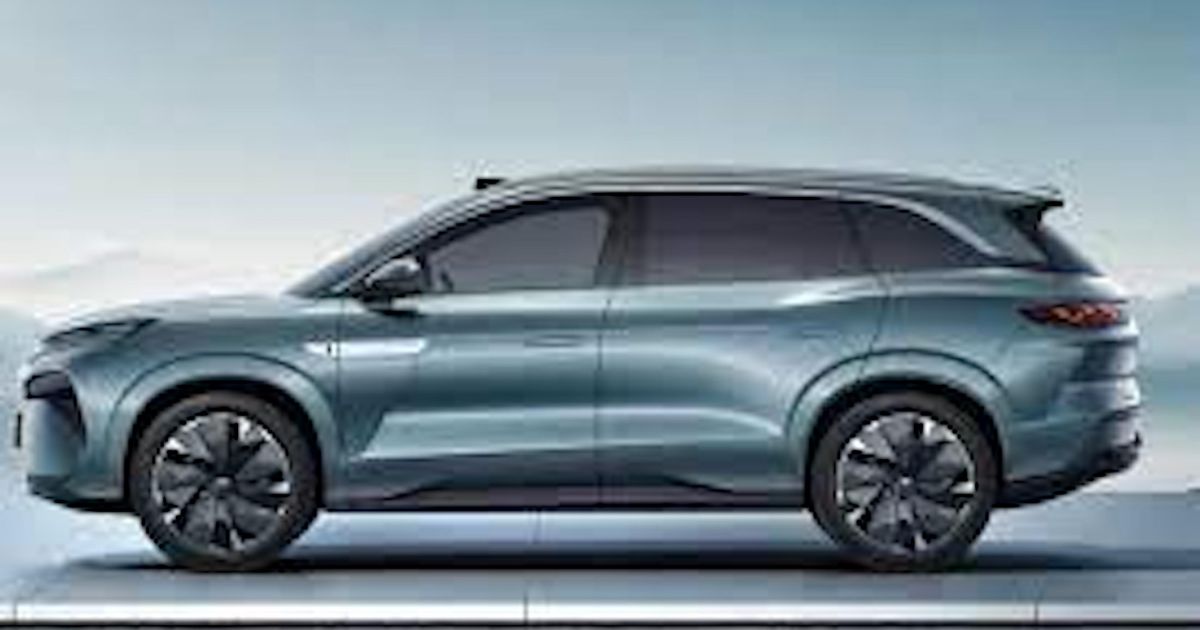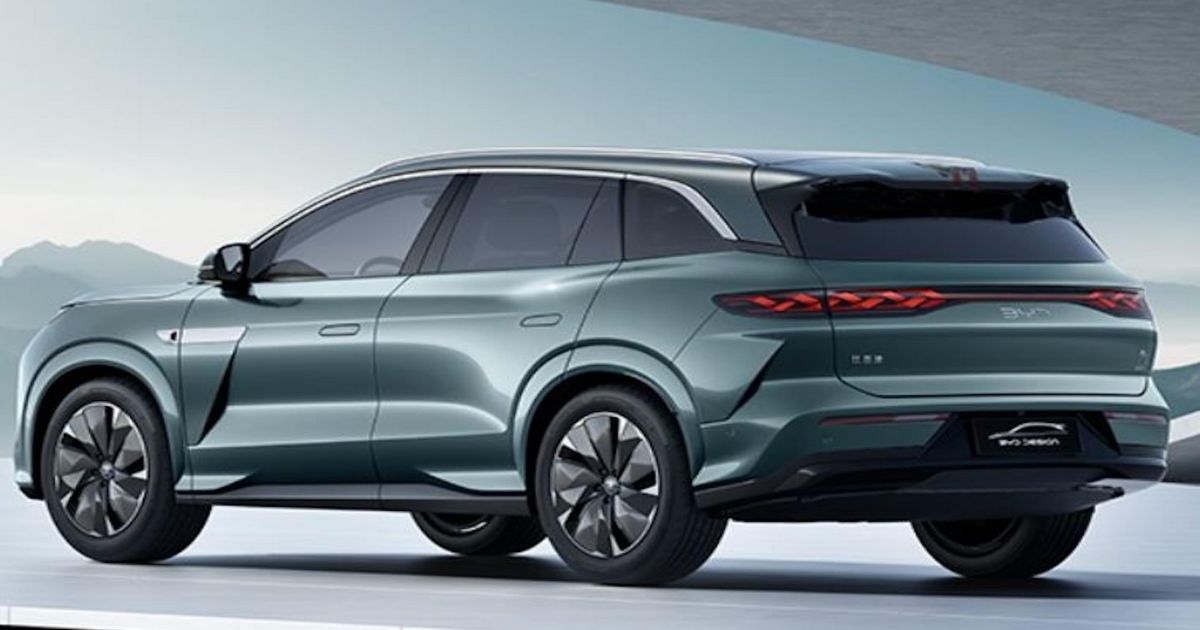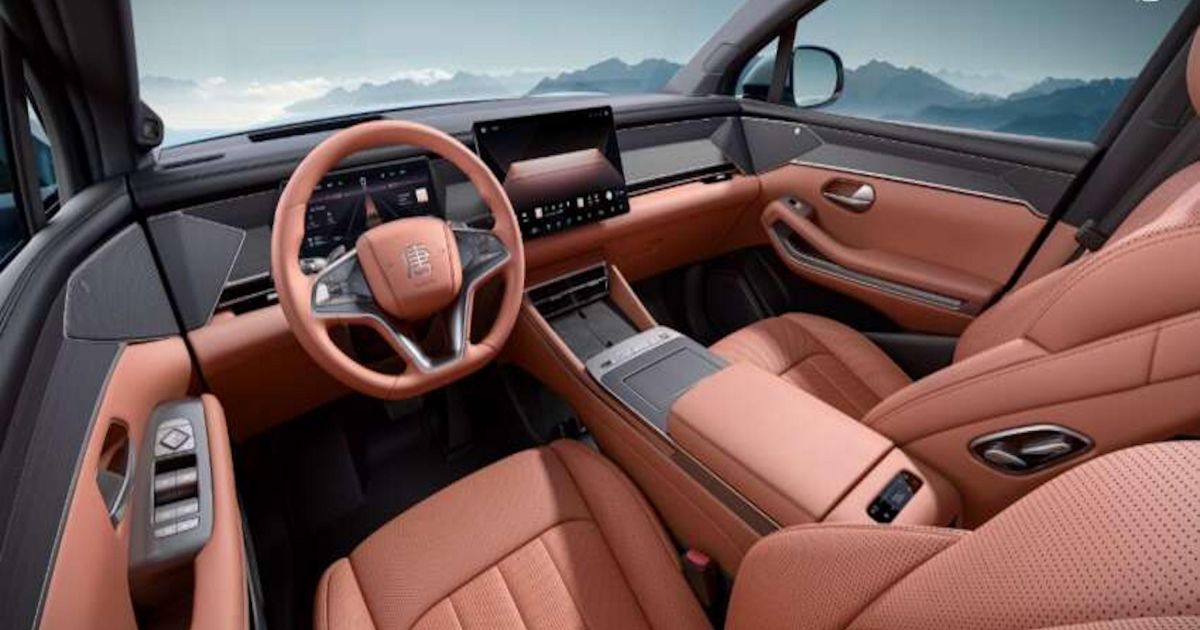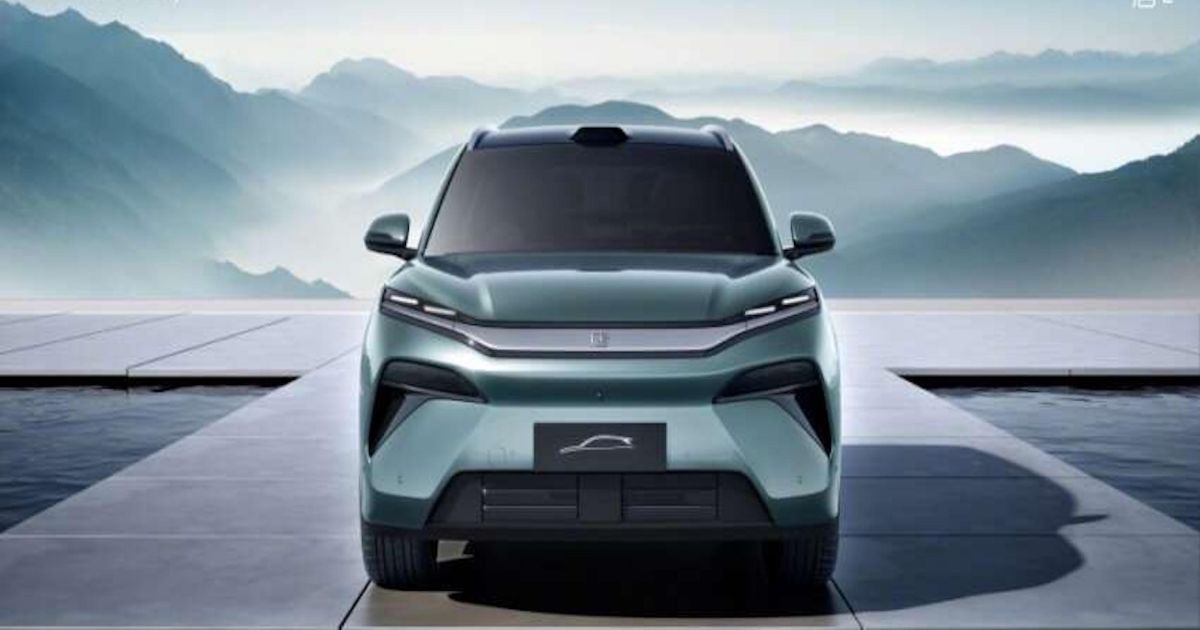The BYD Sealion 8 has been confirmed for Australian showrooms with a choice of two plug-in hybrid powertrains, with the brand’s first three-row large SUV to arrive Down Under is scheduled for release here in the first quarter of 2026 (January-March).
The Sealion 8 joins the BYD Atto 2 small SUV – also confirmed for Australia today – as the first new models confirmed for this market since the Chinese automaker announced it will take over local distribution of the brand on July 1.
Pricing and equipment levels are yet to be announced for the first seven-seat BYD to be sold here, where it will rival existing large plug-in hybrid SUVs including the Kia Sorento PHEV and Mazda CX-80 PHEV.
The Sealion 8 will also compete with the Chery Tiggo 9, which is due here in September, and MG QS seven-seat SUV – if MG decides to import the PHEV version in addition to pure petrol power.
Hundreds of new car deals are available through CarExpert right now. Get the experts on your side and score a great deal. Browse now.
Despite its size and seat count, the Sealion 8 is not expected to take over from the five-seat BYD Sealion 7 mid-size electric SUV (priced from $63,990 plus on-road costs) as the most expensive BYD offered in Australia.
Sitting on the brand’s new 5.0 platform, the Sealion 8’s exterior design will introduce the brand’s newer ‘Loong Face’ [sic] front-end styling to Australians, replacing the ‘Dragon Face’ theme seen on the pioneering BYD Atto 3 medium SUV and the BYD Seal mid-size sedan.
The BYD Sealion 8 – sold as the BYD Tang L in China – rivals the Toyota Kluger in terms of size, measuring 5040mm long, 1996mm wide and 1760mm high.
Its wheelbase is 2950mm – 100mm longer than a Kluger’s and 244mm longer than the Mitsubishi Outlander PHEV’s.
There’s also more boot space, with Chinese-market specs claiming 675 litres of cargo capacity, expanding to 960L with the third-row seats folded and 1960L behind the front seats.
It’s offered in six- and seven-seat configurations in China, but BYD Australia has confirmed the Sealion 8 will be sold here as a seven-seater a traditional 2+3+2 layout.
Two PHEV powertrains will be offered in Australia from launch, with the standard Sealion 8 using a ‘DM-i’ set-up, which sees a 110kW/220N 1.5-litre turbocharged four-cylinder petrol engine and a single front axle electric motor producing 200kW/315Nm.
The Sealion 8 will be the first BYD launched here with its ‘DM-P’ – which stands for ‘Dual Mode Performance’ – plug-in hybrid powertrain, which uses the same petrol engine but adds a second 141kW/360Nm rear axle motor for a dual-motor all-wheel drive setup producing a combined 400kW of power and 670Nm of torque.
Despite being a family-focused SUV, the Sealion 8 PHEV comes with an official 0-100km/h acceleration claim of just 4.9 seconds.
Official China-market fuel consumption is 5.6L/100km, while a 35.6kWh Lithium Iron Phosphate (LFP) ‘Blade’ battery provides an electric-only range of 150km under the lenient CLTC (China Light Vehicle Test Cycle) test standard.
The entry-level Sealion 8 will use a 19kW Blade battery, with DC fast-charging at a maximum of 71kW enabling a 30 to 80 per cent battery top-up in 30 minutes, according to BYD.
The Sealion 8 also features BYD’s DiPilot 300 autonomous driving suite, which employs one LiDar, five radars, 12 ultrasonic sensors and 12 cameras to operate its adaptive cruise control, lane-keeping, and lane-centering systems, among other driver assist features.
The cabin includes a 15.6-inch touchscreen which, like in other BYDs sold in Australia, can be rotated between landscape and portrait orientations, plus a 12.3-inch digital instrument cluster and head-up display.
Leather-trimmed seats are standard in Chinese versions, and Australian vehicles are also expected – but not confirmed – to come standard with leather upholstery.
China-market versions also offer a panoramic glass roof measuring 2.39m – covering all three rows – as well as 11 airbags and a 21-speaker surround-sound stereo in top-spec versions.
While the plug-in hybrid Shark 6 dual-cab ute is responsible for the lion’s share of BYD’s sales growth so far in Australia, significant contributions from the Sealion 6 PHEV and Sealion 7 EV five-seat SUVs have boosted the brand’s ongoing sales momentum.
All three models have been launched here in the last 11 months, with slower sales of the battery-electric BYD Dolphin hatchback, Seal mid-size sedan and Atto 3 medium SUV not stopping the brand from posting a near-95 per cent year-to-date sales increase.






